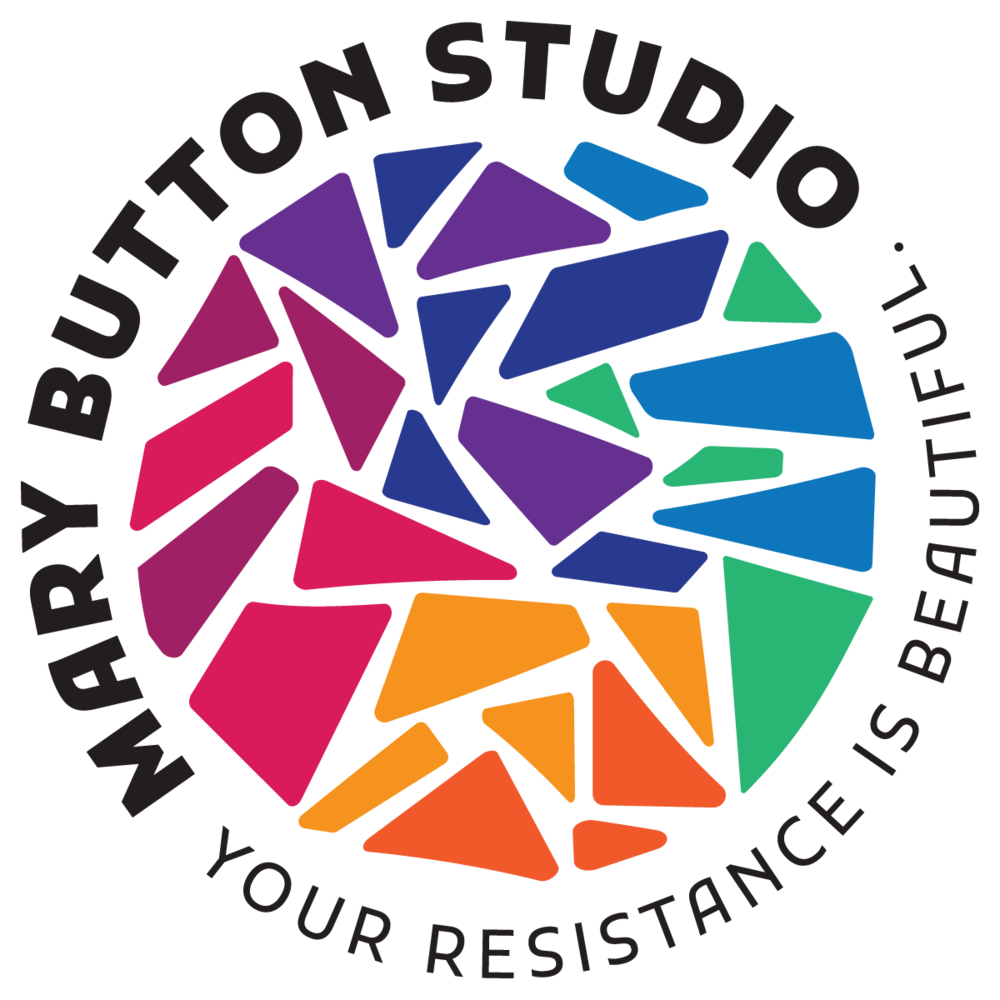The jazz trumpeter William Pajaud loved to tell people, “I’d rather play a funeral than eat a turkey dinner.” Pajaud was a trumpeter with the Eureka Brass Band, one of the most iconic bands during the golden age of New Orleans jazz. His specialities were the booming, mournful dirges played on the way to the cemetery.
In New Orleans jazz funerals, it’s only on the way to the cemetery that sad music is played. On the way home, after the body has been “cut loose,” there’s a joyful parade with people dancing in the streets behind the brass bands and musicians. The exuberant dancers, belting out Just a Little While to Stay Here and When the Saints Go Marchin’ In, make up the Second Line. There are few experiences more life-affirming than being part of a Second Line.
The Second Line has its origins in West African culture and follows a history of dance that began in Congo Square where slaves gathered in secret to dance in what is now the Treme neighborhood of New Orleans. During the Jim Crow-era, Black New Orleanians were denied life insurance by white-owned companies and formed “Social Aid and Pleasure Clubs” to meet the needs of their communities. These benevolent societies offered assistance through illness, support to family members, and funds for burial. They also organized musicians like William Pajaud and the Eureka Brass Band to play at the funeral and their society members would come out in force to form the Second Line on the way home from the cemetery.
The death this week of jazz patriarch Ellis Louis Marsalis from COVID-19 complications brought home to me the reality of the surreality of the last few weeks. Coronavirus is killing residents of New Orleans at a higher rate than anywhere else in the country now, with a death rate of 4.5 per 100,000 residents. New York City’s is 3.2.
Little has shaken me more than the sight of quiet streets in New Orleans the evening after the announcement of Marsalis’ death. This is what Treme looked like last summer the day after Dr. John died. Around the one minute mark is when the crowd sings I’ll Fly Away, another Second Line classic.
The streets of New Orleans should be filled with a joyous, raucous celebration of a larger-than-life musician. Their emptiness is an affront to our grief. I’ve been privileged to experience a few Second Lines in my life and each time I think of the woman of valor in Proverbs 31:
Strength and dignity are her clothing
and she laughs at the time to come
In a Second Line, a community joins together in joyful brass harmony to laugh at the time to come.
Today is Palm Sunday, when Christians remember the story of Jesus’ triumphant entry into Jerusalem:
As Jesus was now approaching the path down the Mount of Olives, the whole multitude of the disciples began to praise God joyfully with a loud voice for all the deeds of power they had seen, saying, “Blessed is the King who comes in the name of the Lord! Peace in heaven and glory in the highest heaven!” Some of the Pharisees in the crowd said to him, “Teacher order your disciples to stop.” He answered, “I tell you, if these were silent, the stones would shout out.” (Luke 19: 37-40, NRSV)
The closer to Jerusalem, the closer Jesus journeys toward his death. There is profound and primal sorrow in this journey toward the city walls. There is joy and laughter, too. Jesus knows what is to come, the disciples have been warned, but jubilation overtakes them and they cry out, “Blessed is the King who comes in the name of the Lord!”
Christians begin our journey into Holy Week with a Second Line.
The Second Line is rooted in resistance to white supremacy, just as Jesus’ triumphal entry into Jerusalem is an act of resistance to the Roman Empire. Christians hold out palms and Second Liners hold up umbrellas. The ethnomusicologist Joachim Berendt in his study of New Orleans jazz wrote, “One of the most popular accessories of the true “second liner” is an umbrella… They are the symbol of a little sky, under whose friendly container there is safety and security. Outside this ‘sky’ lies the hostile white world.”
On this Palm Sunday, I find myself looking for such umbrellas, for the things that bring joy in the midst of fear, that hold up a little sky for each of us as the world crashes down. Icons are like that for me. When I can’t find words for my grief, I draw. I’m sharing here the beginning of an icon of Ellis Louis Marsalis, Jr. There are umbrellas and palms and scenes from Second Lines surrounding the Patriarch of New Orleans Jazz. I invite you to color it with me in the sure and certain hope of a Second Line to come. We will be with each other again soon, dancing through the streets in sorrow and celebration. In the meantime, we search for new umbrellas and we hold the sky up for each other.
An Icon in honor of Ellis Louis Marsalis, Jr.

